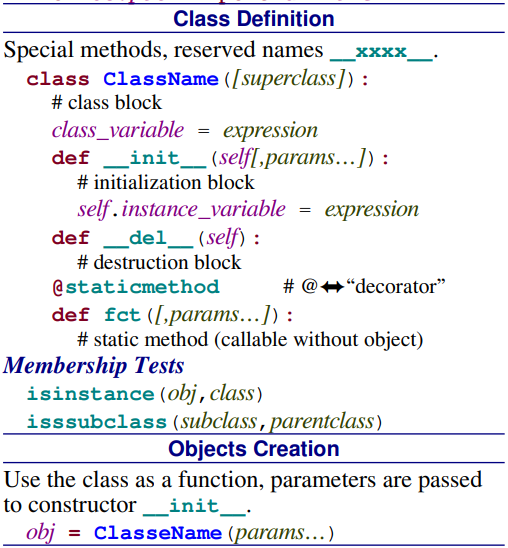
在電商系統中,商品(Product)是核心物件。我們可以用 class 來定義每個商品,並用 init 來初始化商品屬性。Product 類別表示電商中的一個商品,而 init 方法則初始化商品的名稱、價格和庫存。
class Product:
def __init__(self, name, price, stock):
self.name = name
self.price = price
self.stock = stock
# 創建商品實例
product1 = Product("Laptop", 1500, 10)
print(product1.name) # Output: Laptop
print(product1.price) # Output: 1500
在電商系統中,購物車會包含多個商品,並需要計算總價。可以定義一個方法來計算購物車中的商品總價。定義了 ShoppingCart 類別,並使用 calculate_total 方法來計算購物車中的總價。
class ShoppingCart:
def __init__(self):
self.items = []
def add_item(self, product, quantity):
self.items.append({'product': product, 'quantity': quantity})
def calculate_total(self):
total = 0
for item in self.items:
total += item['product'].price * item['quantity']
return total
# 創建購物車實例
cart = ShoppingCart()
cart.add_item(product1, 2)
print(cart.calculate_total()) # Output: 3000
在電商系統中,商品可能有不同的類型,如實體商品(PhysicalProduct)和數字商品(DigitalProduct)。我們可以用繼承來實現這種商品類型的差異。PhysicalProduct 和 DigitalProduct 繼承了 Product 類別,並且加入了各自特有的屬性(如重量和文件大小)。
class PhysicalProduct(Product):
def __init__(self, name, price, stock, weight):
super().__init__(name, price, stock)
self.weight = weight
class DigitalProduct(Product):
def __init__(self, name, price, stock, file_size):
super().__init__(name, price, stock)
self.file_size = file_size
# 創建不同類型的商品
laptop = PhysicalProduct("Laptop", 1500, 10, 2.5) # 2.5kg
ebook = DigitalProduct("Ebook", 20, 100, 50) # 50MB
電商系統中,顧客的敏感資訊(如信用卡資料)應該被封裝,避免外部直接訪問。客的信用卡資訊被封裝為私有屬性,僅能透過方法 get_credit_card_last_digits 來取得後四碼,保護敏感資料的隱私性。
class Customer:
def __init__(self, name, email, credit_card):
self.name = name
self.email = email
self.__credit_card = credit_card # 封裝信用卡資訊
def get_credit_card_last_digits(self):
return self.__credit_card[-4:]
# 創建顧客實例
customer = Customer("Alice", "alice@example.com", "1234567890123456")
# 嘗試直接訪問信用卡資訊(失敗)
print(customer.__credit_card) # AttributeError: 'Customer' object has no attribute '__credit_card'
# 使用方法取得信用卡後四碼
print(customer.get_credit_card_last_digits()) # Output: 3456
